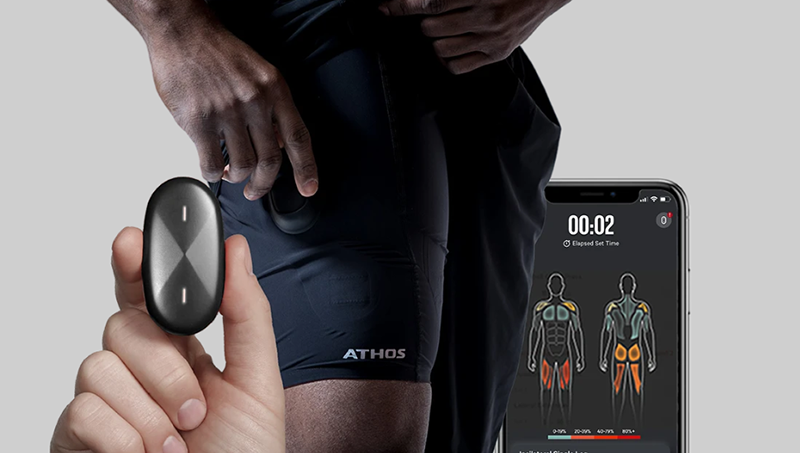
A new report from Juniper Research forecasts that annual revenue of integrated fitness clothing will rise from approximately $1 billion in 2020 to $11 billion in 2025. This rapid growth, boosted by higher pricing, will see smart clothing become the largest fitness wearable sector by revenue. Meanwhile, falling prices for traditional consumer wearables will see these products overtaken; posting a revenue in 2025 of $5.3 billion, almost half that of clothing.
Read more Smart Textile Fibers Powered By Soft Transmission Lines Measure Wearer’s Health
The new research, Health & Fitness Wearables: Market Size, Trends & Vendor Strategies 2020-2025, notes that wearables have been diversifying for several years, with numerous alternatives to wristbands. Integrated fitness clothing has developed to analyze cadence, exercise form and precise positioning; appealing to fitness enthusiasts and professional sports teams. Thanks to these features, smart fitness clothing is shown to be the fastest-growing fitness form, reports BusinessWire.
The Future is in Personalized Data
The research found that disruptive innovators are increasingly including personalized health and fitness insights for long-term progress. Vendors such as Moov, Whoop and Athos have taken advantage of this approach, threatening the established position of leading manufacturers.

Established players have, as yet, failed to change their strategies; emphasizing breadth of features over personalized offerings. Juniper Research anticipates that established players will lose substantial market share without incorporating this trend, and expects Fitbit’s shipments to drop by 7.5% between 2020 and 2025.
Market Evolution Opens Doorways to Subscription Fees
The report notes that the emphasis on providing insights and long-term diagnostics means that wearables are no longer just a hardware proposition, making subscription options a more palatable concept.
Read more Myant Partners with Osmotex to Integrate HYDRO_BOT Technology in Smart Clothes
As the market changes, additional opportunities in terms of business approach will be available to vendors. Traditionally, subscription models have not been an effective approach to the health and fitness wearables industry, but devices providing coaching and feedback can change this.
About Juniper Research
Juniper Research provides research and analytical services to the global hi-tech communications sector, providing consultancy, analyst reports and industry commentary.











